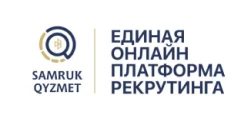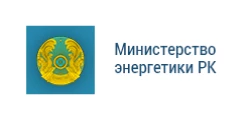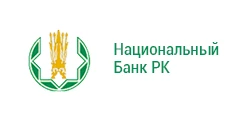Occupational Safety
- Main
- Sustainability
- Occupational Safety
Occupational Safety and Health
Ensuring safe working conditions and protecting the lives and health of its workers as well as those of contractor organizations working in NCR Petroleum LLP facilities is the company’s top priority. The Policy outlines the Company’s responsibilities for Industrial Safety, Labor Protection, Civil Defense, and Emergencies. It mandates that all Company employees and contractors adhere to the established safety regulations, conduct training, and continuously enhance employee qualifications.
Prevention of Manufactured Traumatism
The Company’s goals for reducing occupational injuries include:
To prevent injuries, risk assessment is conducted on a regular basis in compliance with ISO 45001:2018 standards, management actions are made, labor protection strategies are put into place, and employees of the company as well as staff of contractors are routinely updated on the status of injuries. Throughout the course of contractual relationships, the Company also conducts focused work with contractors to ensure compliance with labor protection and industrial safety regulations. This work includes yearly inspections to assess the condition of labor protection and industrial safety.
When incidents occur, measures are taken in accordance with the requirements of the Law of the Republic of Kazakhstan, among them:
The outcomes of the trauma analysis are shared with every employee, deliberated upon in high-level management meetings, and incorporated into the Safety Days program, which is attended by trade union leaders and important contractors. The findings of the accident analysis, which includes contracting organizations, are discussed at board meetings and published in the annual report.
Definition of Hazards and Identification of Risk
In the areas of industrial safety, labor protection, civil defense, and emergencies, the identification of hazards, evaluation of risks, and application of management measures for the elimination of hazards and minimization of risks are carried out in compliance with the corporate standards of OSMS (Occupational Safety Management System).
Evaluation of these procedures’ efficacy is done within the framework of internal audits and checks, which are done in compliance with “OSMS.” supply of production control, as well as inside the parameters of the QHSE Department’s yearly reports on the status of Industrial Safety, Labor Protection, Civil Defense, and Emergencies at NCR Petroleum LLP. Both Republic of Kazakhstan legislation and NCR Petroleum LLP normative acts govern how employers are to advise workers about potential risks and hazardous work environments. The outcomes of investigations are used to plan and carry out essential actions, prevent incidents, and/or lessen possible damage in the event that comparable incidents occur.
Incident Investigation and Risk Management
The organization understands that any occurrence in the areas of industrial safety, labor protection, civil defense, and emergencies represents a danger and could point to an issue with the OSMS. Consequently, a key component of the risk management system is the examination and analysis of the incident causes, together with the development of action plans to stop such accidents in the future and the consideration of lessons learned.
The guidelines for incident investigation and reporting are followed when conducting an inquiry. In order to stop similar accidents from happening again and to stop major damages from happening, a reevaluation of the risks in the areas of industrial safety, labor protection, civil defense, and emergencies is done during the incident inquiry. The outcomes of risk assessments conducted during incident investigations are used to plan and carry out the necessary actions meant to stop future occurrences of the same kind of incident or to lessen possible damage.





